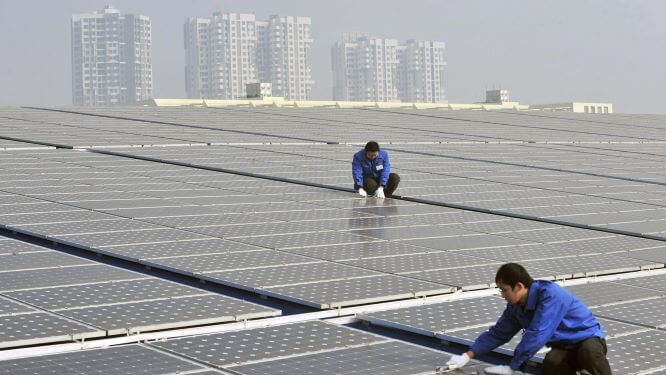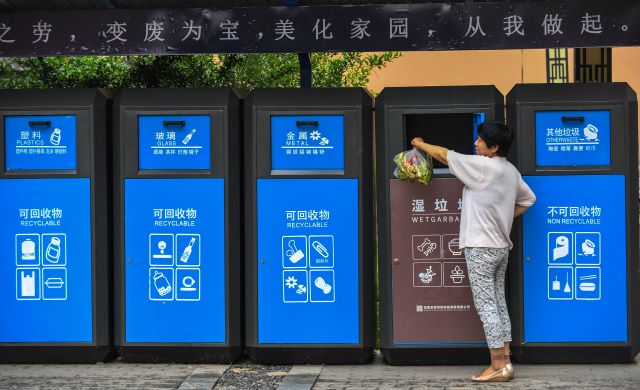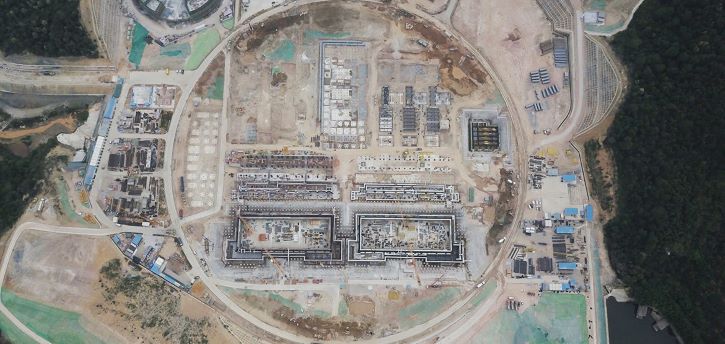China to Meet Paris Agreement Targets Nearly a Decade Early

China, currently the world’s largest carbon emitter, is on track to meet its Paris agreement target of reducing its emissions nearly a decade early, official media reported.
For decades, top Chinese cities, including its capital Beijing, were engulfed with heavy industrial pollution especially during the winter making pollution control specially generated by coal consumption a top priority for the government during the last few years.
China is one of the early signatories of the Paris Agreement on climate change and has pledged to halt the rise in carbon dioxide emissions by around 2030.
According to China’s official media, the Chinese government during the past few years has allocated billions of dollars in either shifting the heavily polluted industries out cities like Beijing or modernised them, cutting coal consumption drastically.
Researchers from China’s Nanjing University, Tsinghua University, Chinese Academy of Sciences and Harvard University in the US, examined carbon dioxide emissions from 50 Chinese cities from 2000 to 2016 and found a close relationship between per capita emissions and per capita gross domestic product (GDP), Xinhua news agency quoted an international study findings as saying.
The 50 Chinese cities account for about 35 percent of China’s total carbon emissions and 51 percent of the country’s GDP. The study found that carbon emissions peak for most Chinese cities when GDP reaches about USD 21,000 dollars per person.
According to the study published in the monthly journal Nature Sustainability, the carbon emissions in China should peak between 2021 and 2025, about five to ten years ahead of the Paris target.
The researchers said that cities are the frontline for global climate change action, and there is clear evidence that progress has been made in the Chinese cities.
The study also pointed out that different types of Chinese cities face different challenges in their carbon emissions reduction timetables.
Cities like Beijing, Xi’an and Hangzhou should focus on upgrading their infrastructure facilities to improve energy efficiency while emerging cities like Xiong’an New Area have the opportunity to leapfrog the period of carbon-intensive growth.
Among the National Determined Contribution that China proposes to achieve by 2030 as part of its Paris Agreement pledge, China has committed to reducing its carbon intensity 60 to 65 percent from 2005 levels by 2030, peaking its carbon emissions by 2030, increasing non-fossil-fuel energy to 20 percent of its energy mix, and expanding forested land.
Published with permission from Saur Energy









